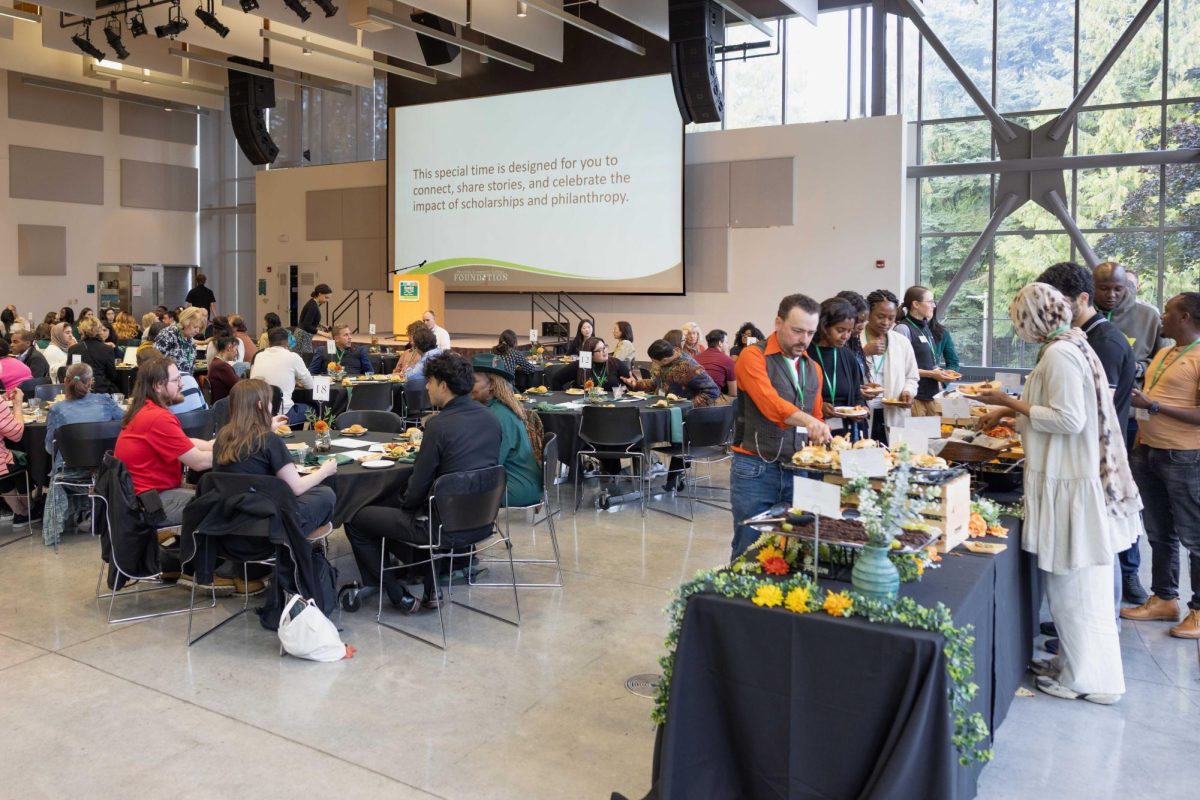In The Know: Virus Basics and COVID-19
June 12, 2020
 In the midst of the current medical emergency, the word “virus” has become charged. Viruses have become an almost personified evil, and misinformation on how to confront them continues to prove dangerous. For these reasons, it is important to understand what a virus actually is and how it interacts with our body.
In the midst of the current medical emergency, the word “virus” has become charged. Viruses have become an almost personified evil, and misinformation on how to confront them continues to prove dangerous. For these reasons, it is important to understand what a virus actually is and how it interacts with our body.
In 2013, the Proceedings of the National Academy of Sciences of the United States of America published a paper analyzing data from soil and water samples. Authors estimated that there are approximately 1031 viral particles (or virions) on Earth. This means that for every human cell on the planet, there exists about 3×107 virions. All of those particles are not occupying each of our cells at any given moment, but nonetheless this number is a monument to the sheer volume of viruses in the world.
Thus, it is clear that not all viruses are harmful to humans. Viruses are very host-specific, so one that targets bacteria could not generally harm a human. That same paper (based on how to cite the paper) noted that many viruses found in a healthy human gut biome are unidentified and have yet to be studied. Despite frequenting our bodies, they do not harm us.
So what is a virus exactly, and how have we come to find ourselves at the mercy of something which permeates life on Earth?
A virus is basically a small parasite composed of DNA or RNA, a protein coating and sometimes an envelope (a lipid bilayer membrane). They cannot metabolize or replicate independently, and are only active when infecting a host cell. We can automatically use this fact to rule out some common COVID-19 myths, such as ‘face masks activate the virus.’ There is nothing in a face mask that would provide energy or resources to a virion in any usable way. Virions are such simple structures that they are only able to ‘live’ within the super-specific environment of their host, and masks serve as a barrier between the virus and said host.
For a successful infection to begin, a virion must bind to the outside of its host cell. Not all cells will have the structures necessary for a given virion to attach, explaining why so few of the many viral particles out there cause harm to our bodies. The cell then becomes a machine for copying the invading virion, which can cause cell damage and/or disease. New copies of the virus will either exit the host cell through its membrane, damaging it, or burst the cell, killing it entirely.
One of the reasons SARS-CoV-2 (the virus that causes COVID-19) has spread so rapidly is that it is new and has never before been seen in humans. One of the most important ways our immune system confronts invaders is by remembering previous invaders and developing countermeasures. SARS-CoV-2, which is predicted to have come from bats, is novel to human immune systems, and so anyone who has not previously been infected can contract the virus.
It is important to recognize that SARS-CoV-2 is an RNA virus. Since RNA is naturally unstable, RNA viruses decompose quickly outside of a host cell. This may be why social distancing has proved so effective in curbing the spread of COVID-19.
Maintaining physical distance from those around you lowers the chance that coughing or loud talking will spread viral particles from one person to another. The virus must have direct access to the cells in your nose, mouth, and respiratory tract to grow.
Masks have also proved more effective in preventing spread than originally thought, and the CDC since updated their guidelines to recommend the donning of simple cloth masks by the general public.
Expelling the virus after it becomes a problem is of course the biggest issue. If a body is infected by SARS-CoV-2, any treatments must address the virus without causing harm to important cells and tissue within. Thus, rumors such as ‘significantly raising your body temperature will kill the virus’ or ‘ingesting bleach will kill the virus’ are not only dangerous, but miss the point altogether.
Solving the current medical emergency is a complex problem with many faces, including medical, technological, and economic. Many are working hard to return the world to normal, so in turn we should do our best to understand the issue at hand and minimize the spread of misinformation.
Ensuring the health of one’s community is one of the responsibilities of living in a society, and by seeking to understand viruses and key concepts involved, we also seek to understand how to move past this as a whole. Let’s use our understanding to work together and all be part of the solution.





